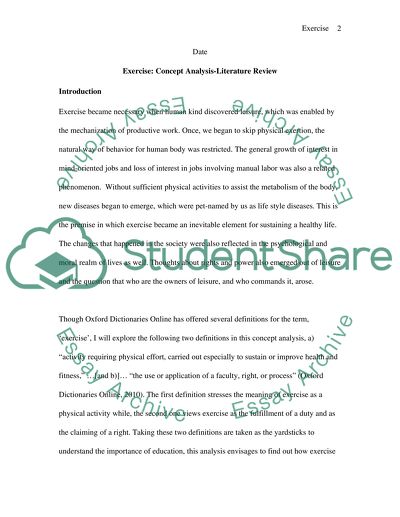Cite this document
(“Literature Review for Concept Analysis Dissertation”, n.d.)
Retrieved from https://studentshare.org/family-consumer-science/1410738-literature-review-for-concept-analysis
Retrieved from https://studentshare.org/family-consumer-science/1410738-literature-review-for-concept-analysis
(Literature Review for Concept Analysis Dissertation)
https://studentshare.org/family-consumer-science/1410738-literature-review-for-concept-analysis.
https://studentshare.org/family-consumer-science/1410738-literature-review-for-concept-analysis.
“Literature Review for Concept Analysis Dissertation”, n.d. https://studentshare.org/family-consumer-science/1410738-literature-review-for-concept-analysis.


